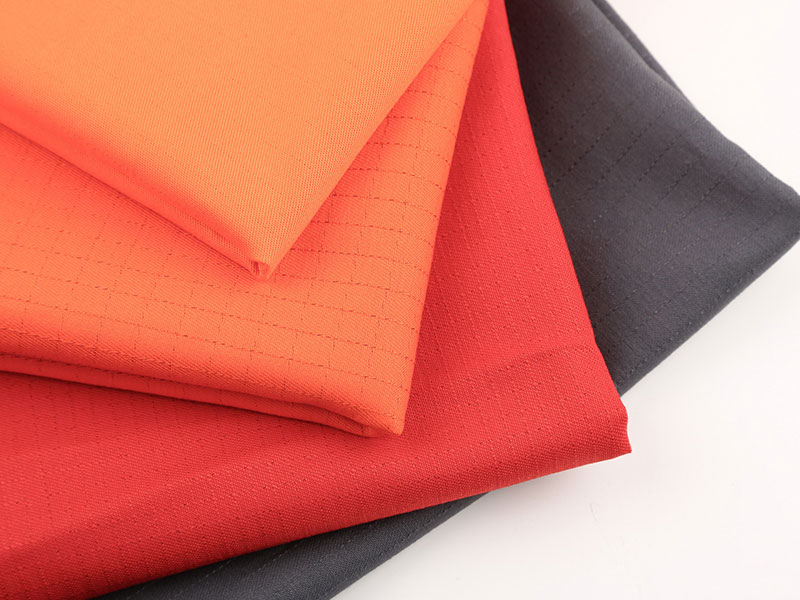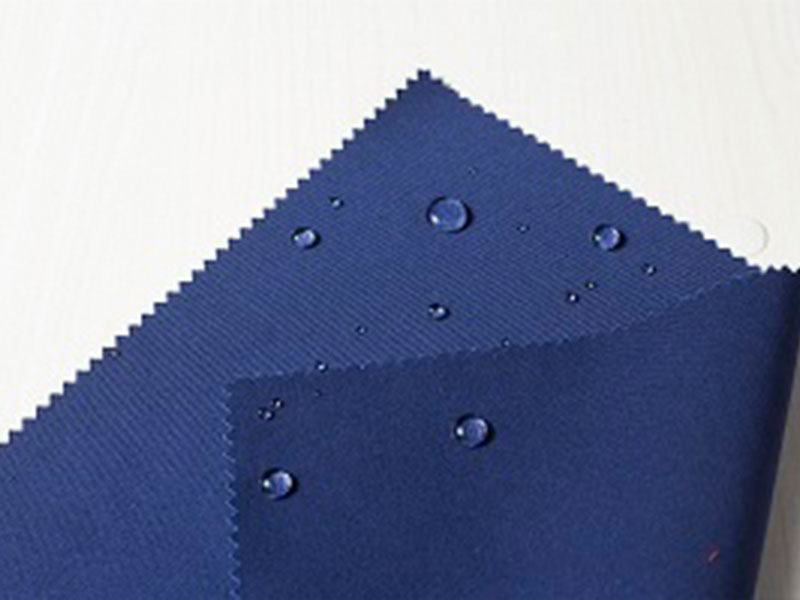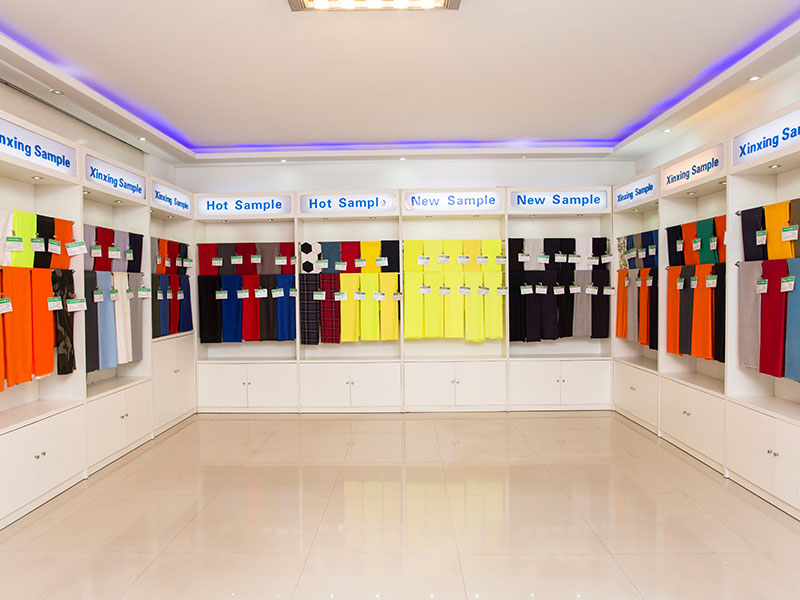Previous page
1
2
…
5
Next page

TEL : +86-13598693034
Address: No. 1158, Fenghua Street, High-tech Zone, Xinxiang City,
Henan Province
E-mail: jingwuling@xinxingfr.com
Copyright ©2020 Xinxiang Xinxing Special Fabric Co., Ltd. 豫ICP备2021003349号 This website already supports IPv6








 +86-13598693034
+86-13598693034 

 jingwuling@xinxingfr.com
jingwuling@xinxingfr.com 

 jingwuling@xinxingfr.com
jingwuling@xinxingfr.com